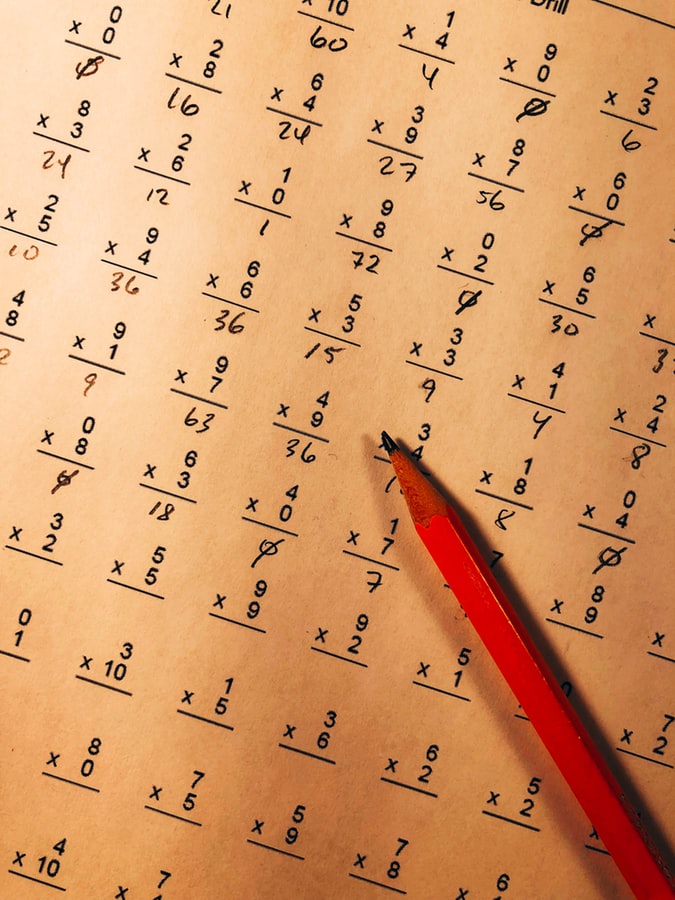Is 426 a prime number?
It is possible to find out using mathematical methods whether a given integer is a prime number or not.
For 426, the answer is: No, 426 is not a prime number.
The list of all positive divisors (i.e., the list of all integers that divide 426) is as follows: 1, 2, 3, 6, 71, 142, 213, 426.
For 426 to be a prime number, it would have been required that 426 has only two divisors, i.e., itself and 1.
Find out more:
As a consequence:
- 426 is a multiple of 1
- 426 is a multiple of 2
- 426 is a multiple of 3
- 426 is a multiple of 6
- 426 is a multiple of 71
- 426 is a multiple of 142
- 426 is a multiple of 213
For 426 to be a prime number, it would have been required that 426 has only two divisors, i.e., itself and 1.
Is 426 a deficient number?
No, 426 is not a deficient number: to be deficient, 426 should have been such that 426 is larger than the sum of its proper divisors, i.e., the divisors of 426 without 426 itself (that is 1 + 2 + 3 + 6 + 71 + 142 + 213 = 438).
In fact, 426 is an abundant number; 426 is strictly smaller than the sum of its proper divisors (that is 1 + 2 + 3 + 6 + 71 + 142 + 213 = 438). The smallest abundant number is 12.
